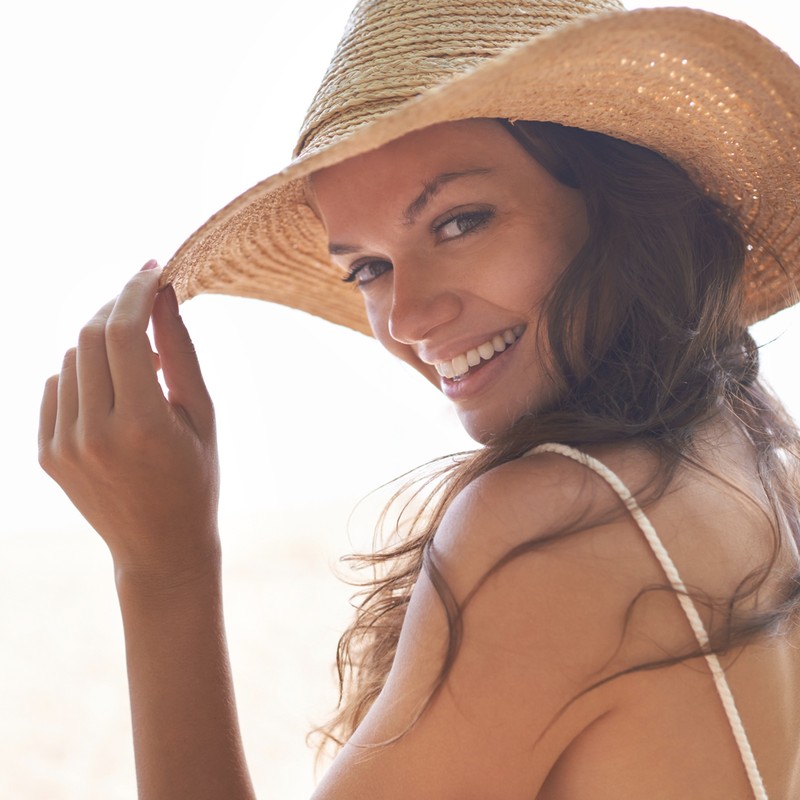9 Ways To Tan Safely This Summer
1. Avoid Sunbeds
“Contrary to popular belief, using a sunbed won’t give you a ‘base tan’ or protect you from burning once you’re on holiday. Unfortunately, sunbeds are no safer than UV radiation from the sun and studies have shown that the average skin cancer risk from sunbeds can be more than double that of spending the same length of time in the Mediterranean midday summer sun. It may sound obvious but avoid sunbeds at all costs.” – Dr Justine Kluk, dermatologist
2. Invest In The Best
“When it comes to buying an SPF for your holiday, you don’t necessarily need to buy an expensive one, but take the time to read the packaging to make sure it’ll provide the right protection. You must be using an SPF of 30 or higher (SPF15 really won’t cut it) and make sure it contains protection against UVA and UVB rays. This is often labelled as ‘broad spectrum’ protection on the packaging.” – Dr Justine Kluk
3. Scrap Supplements
“Don’t be lured in by supplements that promise the make you browner – there’s no evidence in medical literature that advocates doing this routinely. Things like Tan Gummies, which have been in the press recently, may even contain ingredients that haven’t been clinically tested and should absolutely be avoided.” – Rhiannon Lambert, Harley Street nutritionist
4. Understand Your Tanning Time
“Your skin reaches a cut-off point when it physically can’t produce any more melanin (the tanning pigment) so it’s pointless to lounge by the pool all day. Everyone has their own melanin cut-off, typically two to three hours or much less if you have fair skin. After this, you’re just subjecting your skin to the risk of UV damage.” – Dr Nick Lowe, dermatologist
5. Don’t Hold Back
“Countless studies have shown that less than a third of British adults ever apply the correct amount of sun cream. A typical adult (this does depend on height and size) should be applying a golf ball or shot glass-sized amount of cream before going in the sun and top it up every couple of hours.” – Dr Justine Kluk
6. Forget Tan-Boosting Creams
“The beauty market is full of creams that claim to boost your melanin content but I wouldn’t rely on these for sun-protection alone. By far the safest way to protect your skin is to cover up or wear sunscreen.” – Dr Justine Kluk
7. Seek Out Beta-Carotene
“Thanks to their antioxidant properties, foods that are rich in beta-carotene and other carotenoids such as lycopene, could improve your skin’s protection against UV rays. The best sources of carotenoids are carrots, sweet potatoes, pumpkins, squash, spinach, broccoli, mangoes, apricots, kale, tomatoes and melon. Vitamin E – found in almonds and other nuts – can also provide protection from the sun.” – Rhiannon Lambert
8. Fake It
“There is no such thing as a healthy tan. A tan essentially means your skin is producing more melanin in response to UV radiation – the melanin acts like an internal umbrella to shield the DNA in your cells from cancerous mutations and the fact it’s being produced in higher quantities indicates that your skin has already sensed a threat. The only healthy tan is one that comes in a bottle. When on holiday, always wear a minimum SPF30 on your body (SPF50 if you are very fair) and simply add some tanning drops to your after-sun.” – Dr Justine Kluk
9. Look To Antioxidants
“I’m a huge fan of a group of antioxidants called polyphenols – green tea is a great example. Try sipping it after a sushi lunch as the likes of salmon is packed with omega-3s – studies have shown that getting enough omega-3 fatty acids can help protect our skin against sun damage and cancer as well as being anti-inflammatory.” – Dr Sam Bunting, cosmetic dermatologist
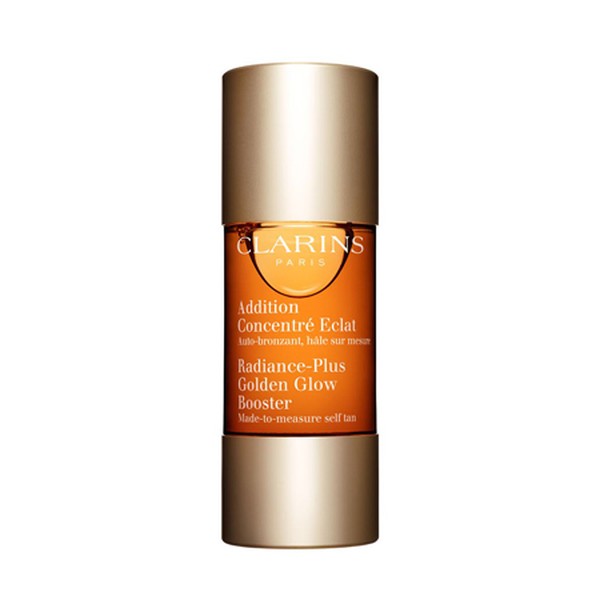

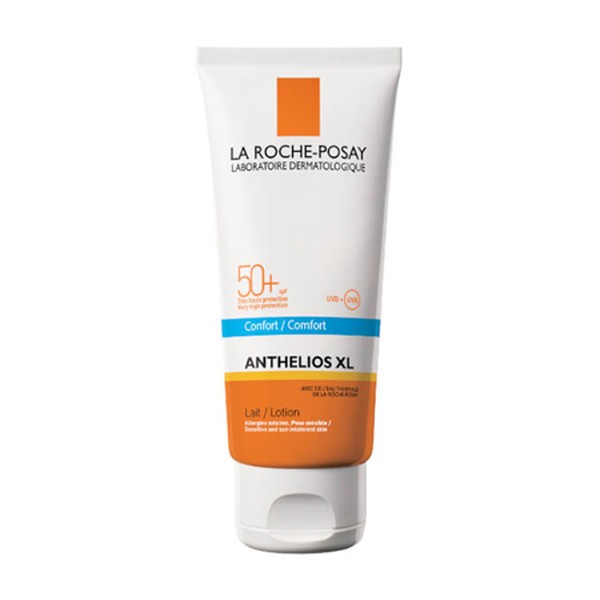
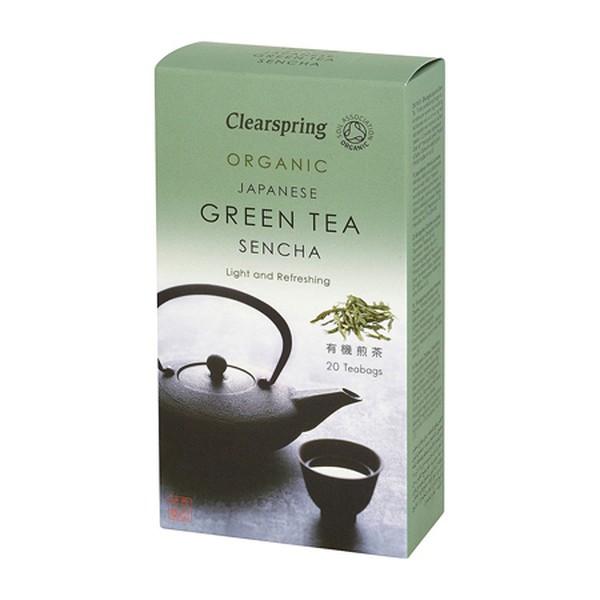
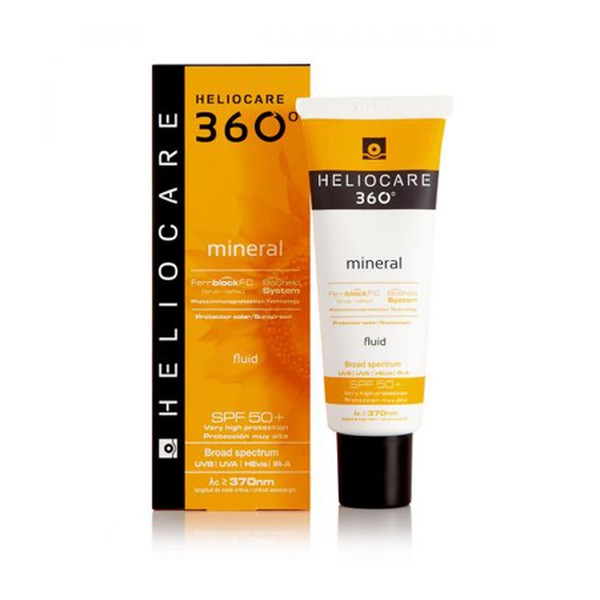
DISCLAIMER: We endeavour to always credit the correct original source of every image we use. If you think a credit may be incorrect, please contact us at info@sheerluxe.com.
